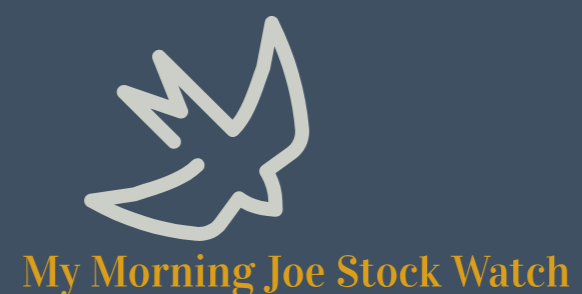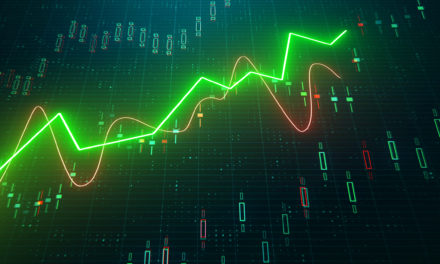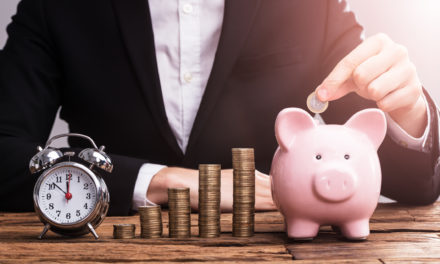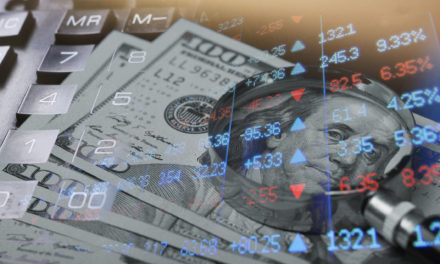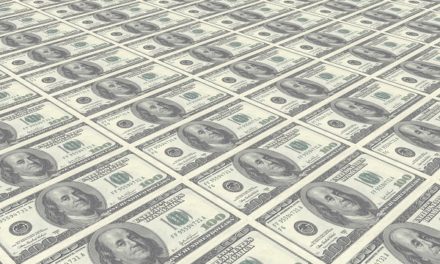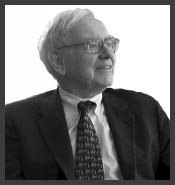
“Someone’s sitting in the shade today because someone planted a tree a long time ago.”
— Warren Buffett
The Warren Buffett investment philosophy calls for a long-term investment horizon, where a twenty year holding period, or even longer, would fit right into the strategy. How would such a strategy have worked out for an investment into General Electric Co (NYSE: GE)? Today, we examine the outcome of a twenty year investment into the stock back in 2005.
| Start date: | 01/13/2005 |
|
|||
| End date: | 01/10/2025 | ||||
| Start price/share: | $168.86 | ||||
| End price/share: | $171.69 | ||||
| Starting shares: | 59.22 | ||||
| Ending shares: | 97.85 | ||||
| Dividends reinvested/share: | $57.05 | ||||
| Total return: | 68.01% | ||||
| Average annual return: | 2.63% | ||||
| Starting investment: | $10,000.00 | ||||
| Ending investment: | $16,809.25 | ||||
As we can see, the twenty year investment result worked out as follows, with an annualized rate of return of 2.63%. This would have turned a $10K investment made 20 years ago into $16,809.25 today (as of 01/10/2025). On a total return basis, that’s a result of 68.01% (something to think about: how might GE shares perform over the next 20 years?). [These numbers were computed with the Dividend Channel DRIP Returns Calculator.]
Dividends are always an important investment factor to consider, and General Electric Co has paid $57.05/share in dividends to shareholders over the past 20 years we looked at above. Many an investor will only invest in stocks that pay dividends, so this component of total return is always an important consideration. Automated reinvestment of dividends into additional shares of stock can be a great way for an investor to compound their returns. The above calculations are done with the assuption that dividends received over time are reinvested (the calcuations use the closing price on ex-date).
Based upon the most recent annualized dividend rate of 1.12/share, we calculate that GE has a current yield of approximately 0.65%. Another interesting datapoint we can examine is ‘yield on cost’ — in other words, we can express the current annualized dividend of 1.12 against the original $168.86/share purchase price. This works out to a yield on cost of 0.38%.
One more piece of investment wisdom to leave you with:
“This company looks cheap, that company looks cheap, but the overall economy could completely screw it up. The key is to wait. Sometimes the hardest thing to do is to do nothing.” — David Tepper
